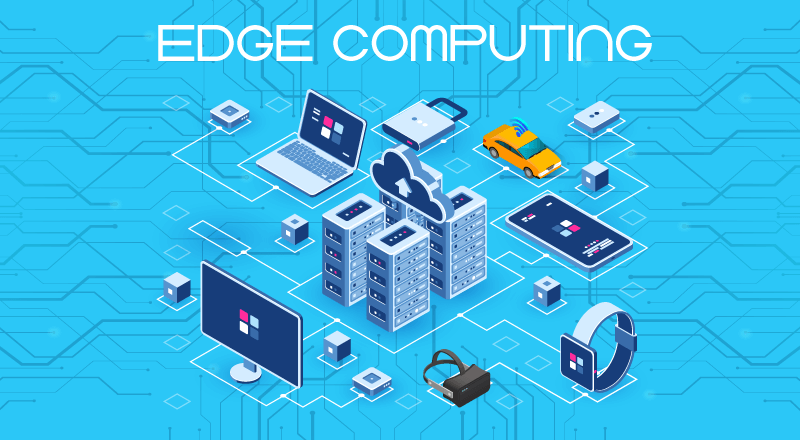In today’s interconnected world, the Internet of Things (IoT) has revolutionized the way we interact with technology, enabling seamless communication between devices and systems. However, as IoT deployments continue to scale, one critical challenge that organizations face is latency – the delay between sending data from a device to a centralized data center and receiving a response. This latency can significantly impact the performance and reliability of IoT applications, particularly those requiring real-time responsiveness.
The Power of Edge Computing
To address this challenge, organizations are turning to edge computing – a distributed computing paradigm that brings data processing closer to the source of data generation. By deploying computing resources at the edge of the network, near IoT devices, computing minimizes the distance data must travel, thereby reducing latency and improving overall system performance.
Faster Response Times
One of the primary benefits of edge computing in IoT applications is its ability to enable faster response times. With processing power located closer to the devices generating data, edge computing reduces the time it takes for data to travel back and forth between IoT devices and centralized data centers. This enables IoT applications to react more quickly to incoming data, facilitating near-instantaneous decision-making and response.
Enhanced Real-Time Analytics
Additionally, edge computing enhances real-time analytics capabilities in IoT deployments. By analyzing data at the edge, organizations can gain valuable insights into device performance, environmental conditions, and user behavior in real-time. This real-time intelligence enables proactive maintenance, predictive analytics, and personalized services, empowering organizations to optimize operations and deliver superior customer experiences.

Improved Network Resilience
Furthermore, edge computing offers inherent network resilience, ensuring uninterrupted operation even in the face of connectivity issues or network outages. By distributing processing tasks across edge devices, organizations can mitigate the risk of single points of failure and maintain critical functions during adverse conditions. This resilience is particularly crucial for mission-critical IoT deployments where downtime is not an option.
The Benefits of Computing in IoT
Faster Response Times
With processing power located closer to the devices generating data, edge computing reduces the time it takes for data to travel back and forth between IoT devices and centralized data centers. This enables IoT applications to react more quickly to incoming data, facilitating near-instantaneous decision-making and response.
Enhanced Real-Time Analytics
Edge computing enhances real-time analytics capabilities in IoT deployments by analyzing data at the edge. Organizations can gain valuable insights into device performance, environmental conditions, and user behavior in real-time. This real-time intelligence enables proactive maintenance, predictive analytics, and personalized services, empowering organizations to optimize operations and deliver superior customer experiences.
Improved Network Resilience
computing offers inherent network resilience, ensuring uninterrupted operation even in the face of connectivity issues or network outages. By distributing processing tasks across edge devices, organizations can mitigate the risk of single points of failure and maintain critical functions during adverse conditions. This resilience is particularly crucial for mission-critical IoT deployments where downtime is not an option.
Conclusion: Driving Digital Transformation with Edge Computing
In conclusion, it represents a game-changing technology for reducing latency in IoT applications. Also, by processing data closer to the source, at the edge of the network, organizations can achieve faster response times, real-time analytics, and enhanced network resilience. As IoT continues to proliferate across industries, leveraging edge computing will be essential for unlocking the full potential of connected devices and driving digital transformation in the IoT ecosystem.





